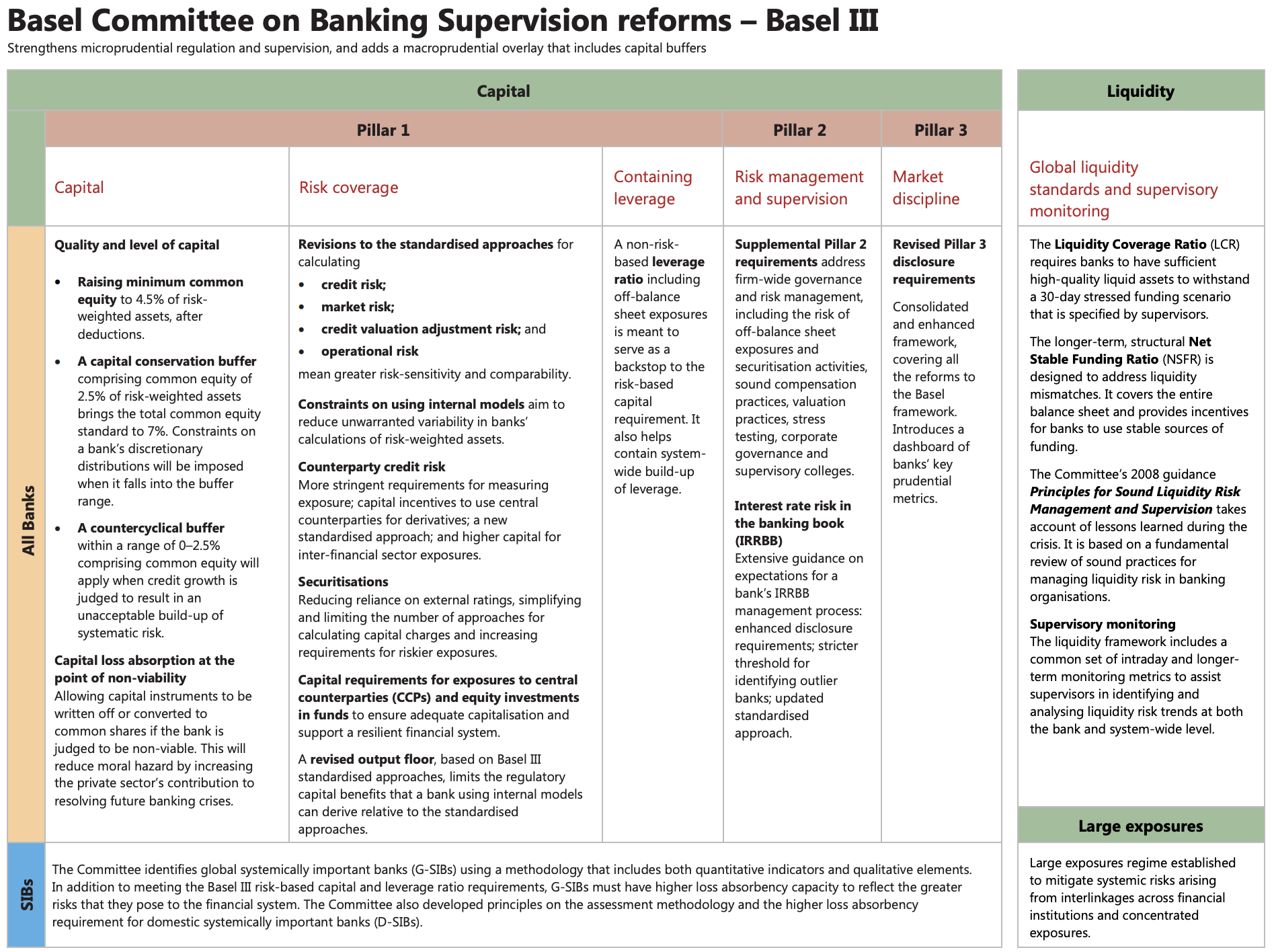What is Industrial Production Index (IP)?
Posted by: admin 2 years ago
(Comments)
What Is the Industrial Production Index (IPI)?
The industrial production index (IPI) is a monthly economic indicator measuring real output in the manufacturing, mining, electric, and gas industries, relative to a base year.
It is published in the middle of every month by the Federal Reserve Board (FRB) and reported on by the Conference Board, a member-driven economic think tank. The FRB also releases revisions to previous estimates at the end of every March.
KEY TAKEAWAYS
- The industrial production index (IPI) measures levels of production and capacity in the manufacturing, mining, electric, and gas industries, relative to a base year.
- The Federal Reserve Board (FRB) publishes the IPI in the middle of every month, and revisions to previous estimates at the end of every March.
- The composite index is an important macroeconomic indicator for economists and investors.
- Industry-level data, meanwhile, is useful for managers and investors within specific lines of business.
How Does the Industrial Production Index (IPI) Work?
The industrial production index (IPI) measures levels of production in the manufacturing, mining—including oil and gas field drilling services—and electrical and gas utilities sectors. It also
It also measures capacity, an estimate of the production levels that could be sustainably maintained; and capacity utilization, the ratio of actual output to capacity.
Calculating the IPI
Industrial production and capacity levels are expressed as an index level relative to a base year—currently 2012. In other words, they do not express absolute production volumes or values, but the percentage change in production relative to 2012.
The indices are available in seasonally adjusted and unadjusted formats.
Within the overall IPI, there are a number of sub-indices providing a detailed look at the output of highly specific industries. Examples of a few of the dozens of industries for which monthly production data is available include: residential gas sales, ice cream and frozen dessert, carpet and rug mills, spring and wire products, pig iron, audio and video equipment, and paper.
Benefits of the Industrial Production Index (IPI)
Industry-level data are useful for managers and investors within specific lines of business, while the composite index is an important macroeconomic indicator for economists and investors—fluctuations within the industrial sector account for most of the variation in overall economic growth.
At the same time, IPI differs from the most popular measure of economic output, gross domestic product (GDP): GDP measures the price paid by the end-user, so it includes value-added in the retail sector, which IPI ignores. It is also important to note that the industrial sector makes up a low and falling share of the U.S. economy—less than 20% of GDP as of 2016.
Capacity utilization is a useful indicator of the strength of demand. Low capacity utilization, or overcapacity, signals weak demand. Policymakers could read this as a signal that fiscal or monetary stimulus is needed. Investors, meanwhile, could interpret it as a sign of a coming downturn, or—depending on the signals from Washington—as a sign of coming stimulus.
High capacity utilization, on the other hand, can act as a warning that the economy is overheating, suggesting the risk of price rises and asset bubbles. Policymakers could react to those threats with interest rate rises or fiscal austerity. Alternatively, they could let the business cycle take its course, likely resulting in an eventual recession.
Historical Data
Below is the seasonally-adjusted IPI for the 50 years to October 2017. Data is available going back to January 1919.
2 weeks, 3 days ago
What does the Fed do in 2008
Recent newsToday, one of the popular topic related to financial policy is the question on
read more2 weeks, 3 days ago
What is Lifetime Value of customer
Recent newsHave you ever heard about LTV? well if you talk about Macroprudential policy, it will be loan to value. But if you talk about startups and the world of tech, it refers to the Lifetime value of a company.
read more1 month, 1 week ago
Mengenal lebih dalam kurikulum merdeka
Recent newsAkhirnya Indonesia menerapkan kurikulum merdeka, namun sebenarnya apa sih itu kurikulum merdeka?
read more1 month, 3 weeks ago
How to understand the impact of interactive variable from interaction model to depended variable
Recent newsI tried from my own research. And here it is
read more2 months ago
Thing you should do, to not clutter the social media
Recent newsThere 7 things that really move the needle when it comes to social media. They aren’t always easy, but they really do produce results.
read more2 months ago
Elektabilitas cawapres 2024, Erick Thohir paling atas
Recent newsJelang Pilpres 2024, sejumlah nama telah teridentifikasi dan mendapat dukungan publik. Tiga teratas capres sejauh ini adalah Anies Baswedan, Ganjar Pranowo, dan Prabowo Subianto. Ketiganya memang telah mengantongi dukungan dari beberapa partai politik. Namun, dukungan pada ketiganya tampak masih belum ajeg. Hal ini menunjukkan bahwa preferensi publik juga belum ajeg, masih rentan terhadap perkembangan situasi politik maupun kondisi lain.
read more7 months, 3 weeks ago

Collaboratively administrate empowered markets via plug-and-play networks. Dynamically procrastinate B2C users after installed base benefits. Dramatically visualize customer directed convergence without





Comments